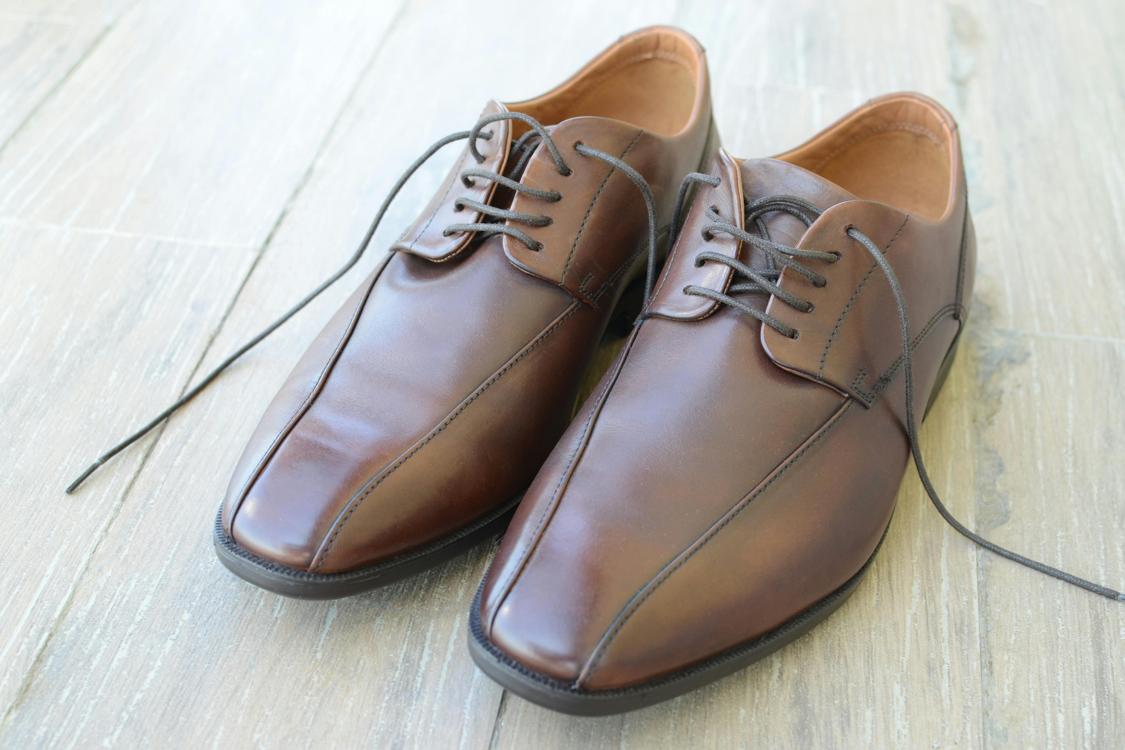Beyond Lifts is a quality elevator installation company that serves customers in Massachusetts and Rhode Island. They specialize in residential and commercial installations, as well as repairs. They offer a wide variety of options, including the ability to choose from different colors and finishes.
The best way to increase height is through exercises that stretch the body and improve posture. Dress shirts, tailored trousers, and subtle accessories can help as well.
1. Build Your Muscles
If you want to build muscle mass, it is important to keep the Specific Adaptation to Imposed Demand (SAID) principle front and center in your training plan. This simply means that as you increase the weight or number of reps, your body will respond by adding more muscle. It is also important to be aware of the amount of stress you are putting on your muscles and to not overtrain. This can cause delayed onset muscle soreness, and in severe cases, can lead to injury.
To optimize your strength gains, you should focus on compound lifts such as deadlifts, bench presses, and squats. These movements will target major muscle groups such as your chest, back, shoulders, and biceps. In addition to these foundational exercises, it is a good idea to add in a few accessory lifts to your routine. These exercises complement your main lifts by targeting smaller, supporting muscles and help you to hit your PRs in the primary exercises.
Accessory exercises can take the form of modifications or variations of your main lifts such as banded squats, tempo squats, and split squats. They can also include bodyweight exercises such as push ups, dips, and pull ups. These exercises are important to your program because they will strengthen the small muscles in your legs and core, as well as the supporting muscles around the joints that need to be strong and balanced in order to perform your main lifts.
Another benefit of lifting is that it increases your metabolic rate, which helps you burn more calories, even at rest. Finally, lifting heavy can give you a greater sense of empowerment and confidence in your workouts, which in turn, can positively affect other aspects of your life.
2. Strengthen Your Bones
The bones of your body need pressure to grow stronger. That’s why it’s important to exercise regularly, especially weight-bearing exercises that use the force of gravity against your body. Walking, running, dancing, hiking and tennis are examples of weight-bearing exercises. Other types of exercises include strength training, which uses an opposing force, such as dumbbells or resistance bands, or your own body weight, to strengthen muscles and bones.
When you do these exercises, your skeleton feels the stress, and that pressure sends a signal to bone cells called osteocytes to make new bone and to summon osteoblasts to add mineral. This process is known as remodeling, and it’s ongoing throughout your life. It’s also important to consume enough calcium and vitamin D, which help promote healthy bones.
In addition to regular weight-bearing exercise, flexibility and balance exercises are beneficial for maintaining bone density. That’s because they help lower your risk of falls, which are the most common way that people with osteoporosis break their bones.
To maximize the benefits of your weight-bearing exercise, talk to a physical therapist or trainer who specializes in working with older adults. They can teach you safe, effective exercises and make sure that you’re lifting an appropriate amount of weight to avoid pain or injury. If you can’t find a trainer in your area, consider a program like Hinge Health, which offers telehealth/video visits with physical therapists specializing in fitness and conditioning for older adults.
If you have a condition that limits your mobility, such as arthritis or joint replacements, a Hinge Health PT can design a specialized program for you to follow on YouTube or another platform. Contact Suzanna Krupskas to learn more.
3. Increase Your Stamina

Stamina is the ability to exert yourself physically over a long period of time. It is important to have stamina if you want to be able to complete a workout without feeling worn out or having to stop and rest. To improve your stamina, you should focus on doing aerobic exercises that will pump oxygen into your body and help you become more fit over time. Exercises like swimming, running and biking are good examples of aerobic exercises.
Another way to increase your stamina is by engaging in physical activities that you enjoy. It is much easier to push yourself physically when you are doing something that you enjoy, and it can also be a lot more fun! In addition, exercising with friends can be a great way to encourage each other and keep you motivated.
If you are working on improving your stamina, it is important to do your exercises at a moderate intensity level. High-intensity exercises will quickly burn out your muscles, whereas moderate intensity exercises will gradually build up your endurance over time.
You should also be sure to eat a healthy, balanced diet. Eating a diet filled with lean proteins, vegetables, fruits and whole grains will help you improve your stamina by keeping your body fueled with the energy it needs to stay active.
It is also important to train both your aerobic and anaerobic muscles to improve your overall fitness level. Aerobic exercise will help you maintain a healthy heart, while anaerobic training will help you develop strong, sculpted muscles. You can increase your anaerobic strength by doing exercises such as squats, pushups and chin-ups, and you can increase your aerobic capacity by doing exercises such as swimming, running and dancing.
4. Increase Your Flexibility
If you’re a serious weightlifter, the unsung hero of your workouts is mobility work. Embracing flexibility is key to a successful and sustainable fitness journey, helping you avoid injuries and unlocking your body’s full potential. When your muscles and joints move smoothly, like a well-oiled machine, it’s easier to perform lifts with precision and achieve better results.
Stretching also improves your posture and elongates your spine, giving you a more statuesque figure, according to many experts. It also helps prevent and correct muscle imbalances, decreases joint pain and lowers your risk of injury. You don’t have to spend hours a day stretching to see benefits, either; just make it part of your routine. For example, you can do some shoulder circles or torso twists while waiting for your coffee to brew.
One common misconception is that flexibility is merely bending, but it’s more than that. “Flexibility is the ability of your joints and muscles to move without restriction or pain,” says Ellen Barrett, a women’s wellness expert, group exercise instructor and yoga teacher in Connecticut.
For weightlifters, a lack of flexibility can be dangerous, as it can lead to muscle and joint injuries. It’s important to work on flexibility exercises regularly, including stretching and dynamic movements that challenge your balance. For example, incorporating lunges, t-trots, and side lunges into your routine can help you strengthen your core and increase your balance, which can make your lifts stronger and safer. This is also an important step to improving your overall quality of life, as having greater flexibility can make you more comfortable in everyday activities, like walking or driving. Plus, it can help reduce back pain and stress levels.
5. Improve Your Balance
Balance isn’t just about looking graceful in the weight room (although that can be a nice perk): It’s important for all movement, especially when lifting heavy. “Improving balance is key to avoiding injuries and lowering fall risk,” ACE-certified personal trainer Robbie Ann Darby tells SELF. “Anyone who wants to lift should incorporate balance work.” In fact, just walking requires basic balancing skills.
A variety of exercises can improve your balance, including ones that focus on single-leg movements or unstable surfaces like Bosu balls. “Anything that challenges your center of gravity and forces you to use both sides of the body at once helps you stay stable,” Darby says. In addition, balance work is a great complement to strength training since it can help you maintain better form when lifting.
Stand tall with your back six to eight inches away from a wall, feet hip-width apart. Shift your weight through the left leg and lower it to the floor without moving the right leg. Hold for up to 30 seconds, then repeat on the other side. You can also increase the challenge by closing your eyes or standing on a stability disc, BOSU ball, or pillow for an added level of difficulty. As you improve, try swaying your arms from side to side or holding them at the top of your head for an additional challenge. Whether you’re an athlete or an elderly client, improving your balance is essential for keeping active and avoiding falls that can result in serious injury. Beyond Lifts provides the tools to help keep you safe and mobile, including patient lifts and slide sheets from industry-leading brands like Joerns Hoyer, Arjo Inc, Invacare Continuing Care, and Drive Medical.









